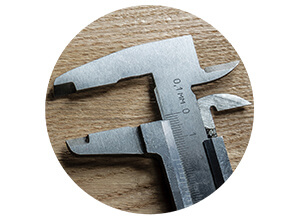

How to measure …
Product sizes and measurements explained, helping you choose the right size product.
Belt Size
The measurement for belt size is taken from the end of the buckle, to the middle hole. This is different to your pants size.
Measuring yourself for belt size
The general rule of thumb is to add 2 inches (5cm) to your pant size, however, for more accuracy you can take your measurement as follows:
Step 1. Put on your outfit as you would normally wear it with a belt – with pants set at the right height, and shirt tucked in or out as you would normally wear it.
Step 2. Pass a tape measure through your belt loops, pull it close as you would a belt and take the measurement. This should be your approximate belt size.
Belt sizes are set in 2 inch (5cm) increments so if your measurement falls between sizes, round up to the nearest belt size.

Girth Size
Girth size is measured buckle-end to buckle-end.
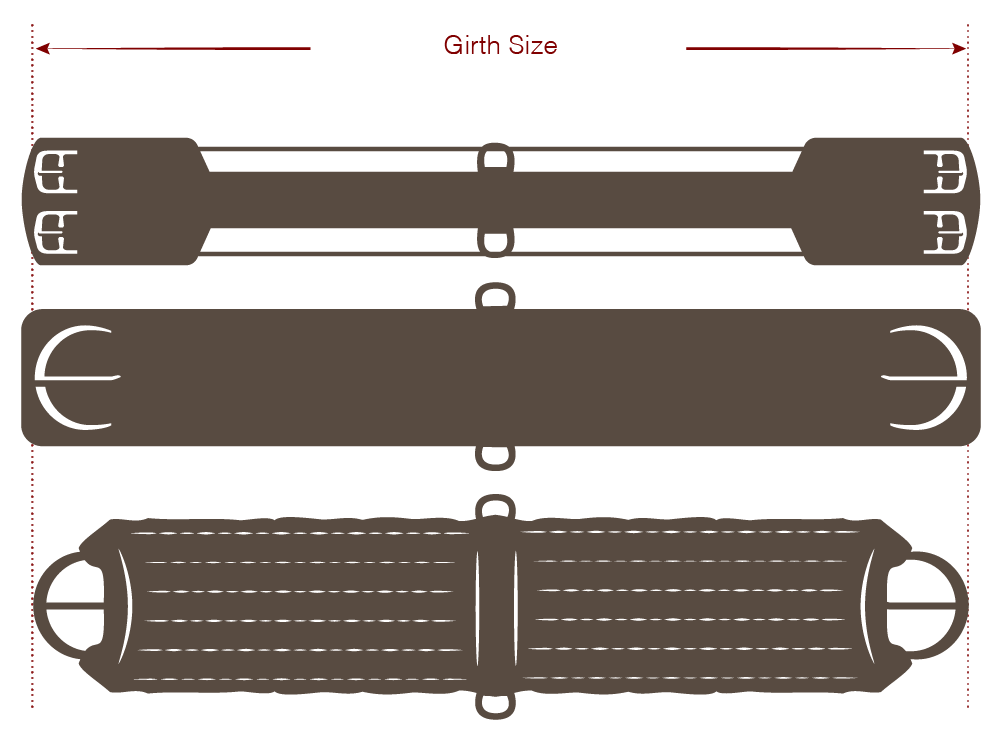
Measuring your horse for girth size
Please note, these steps are designed for western and stock girths only (not English), as supplied by Toowoomba Saddlery and the result does not take into account the riding event, stretch characteristics of a girth or the ‘girthiness’ of your horse.
Step 1. Properly position your intended saddle and pad on your horse.
Step 2. Use a tape measure to measure your horses’s girth area (under the horse’s belly – where the girth would sit). Either from the near-side rigging plate to the offside plate -or- take the measurement from the rigging plate to the centre of the horse and multiply that number by 2.
Step 3. Take this measurement and minus 16 inches (40cm). This is the approximate size girth you would need.
Girth sizes are set in 2″ (5cm) increments. If your horse measures in-between sizes, in most cases you would choose the next size up.
Stirrups
- A – Top (widest point)
- B – Eye (widest point)
- C – Tread width (inside post to inside post – widest point on oxbows)
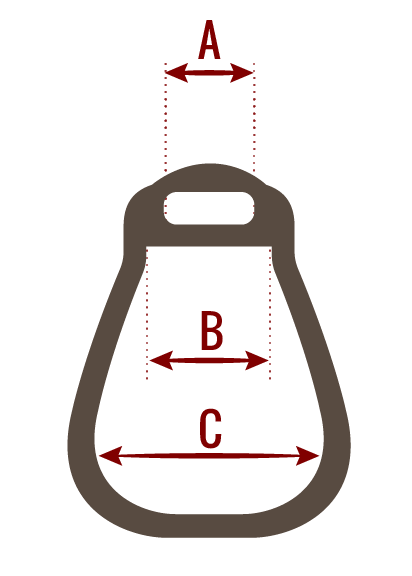
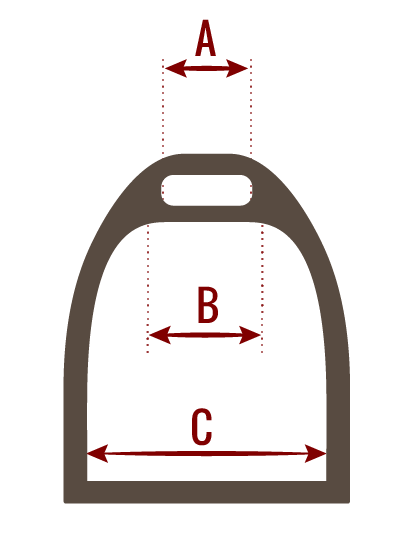
Hardware
Hardware sizes are intended to indicate the maximum strap size to be used. As a general rule, measurements are taken from inside-edge to inside-edge, on the side the strap would pass through. For the examples shown, you would use strapping that is a maximum of 1 inch (25mm) wide.
Skip to: Buckles | Squares | Rings | Dees | Staples | Snap Hooks
Keeper size
Measurements are taken from the inside of the longest side of the keeper.
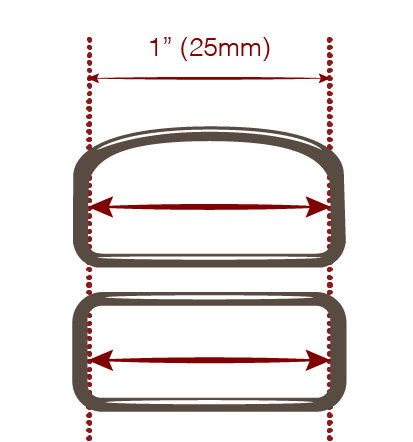
Buckle size
Measurements are taken from the inside, where the strap would lie across.
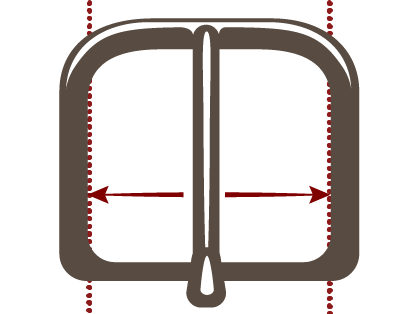
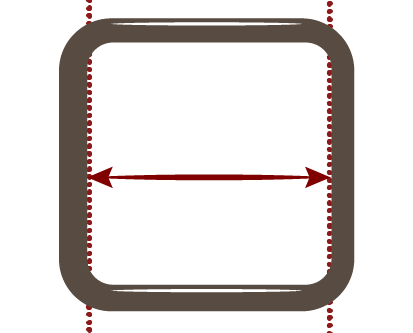
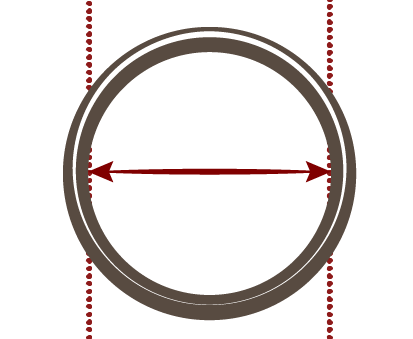
Saddle / Harness Dee size
Measurement taken from the flat side, inside-edge to inside-edge.
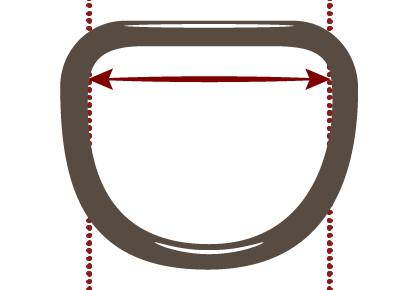
Breeching Staple size
Measurement taken from inside-shoulder to inside-shoulder. Note: even if this measurement is the same between different types of staples, the hole-centre to hole-centre length or total length may be different.
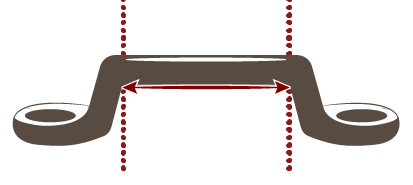
Snap Hook size
The measurement is taken from the inside of the eyelet at its widest point (where the webbing or leather strap will pass through).
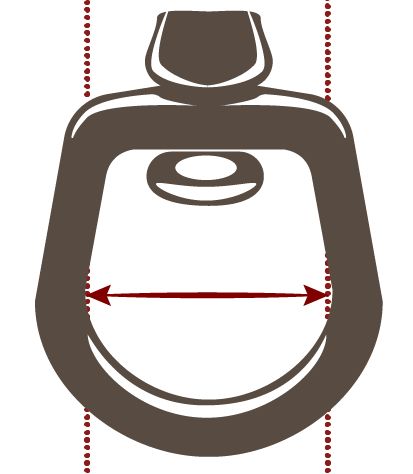
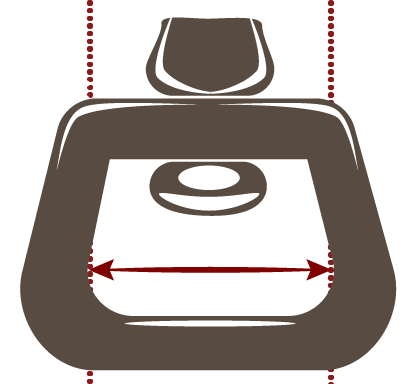
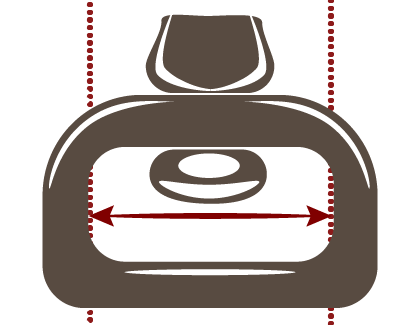
If there are other product measurements you’d like to see on this page please contact us.
